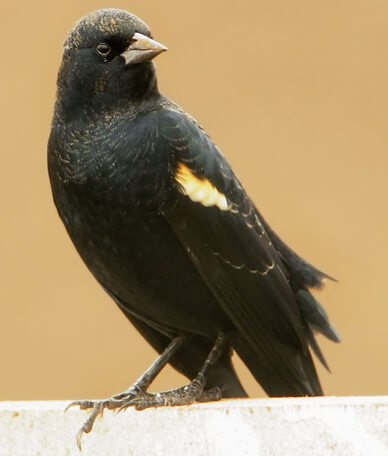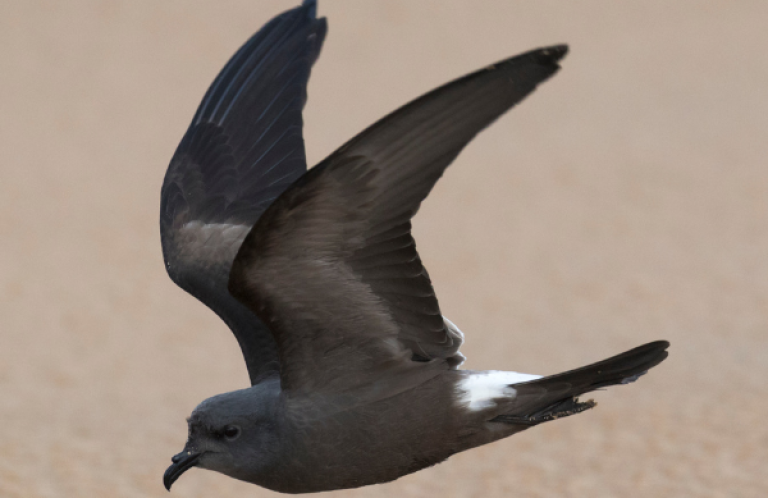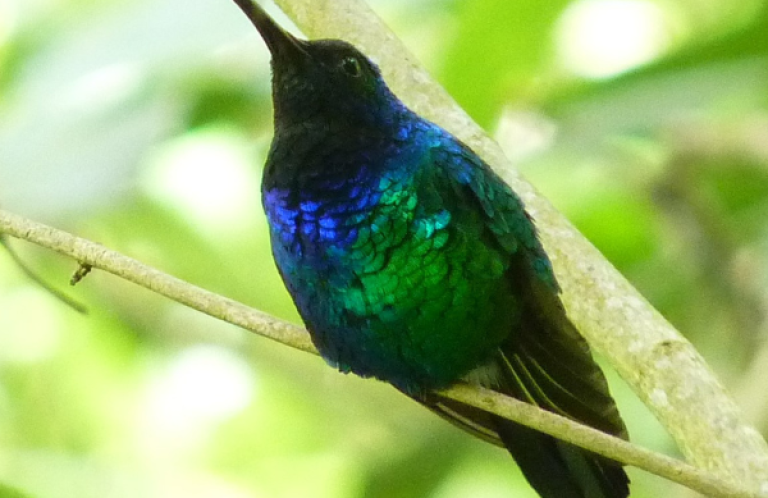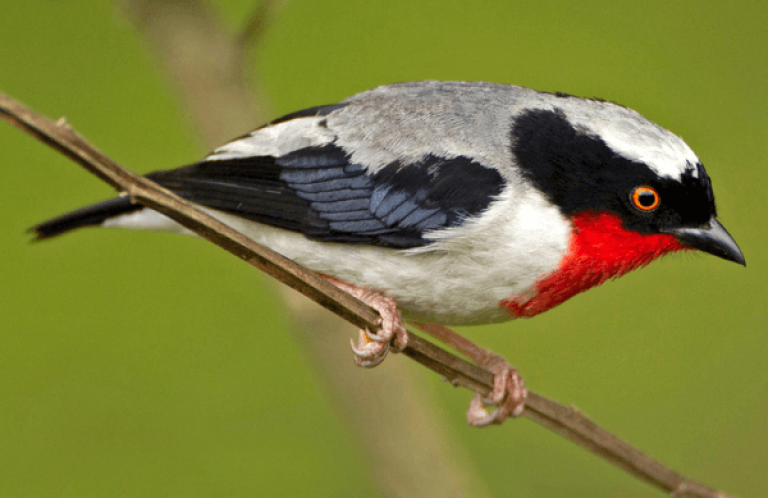Survey Reveals Steep, Three-Year Decline of Tricolored Blackbirds Despite Conservation Efforts in California
Contact: Robert Johns, 202-234-7181 ext.210,
 |
| Tricolored Blackbird by Tom Grey |
(August 4, 2011) A comprehensive survey of Tricolored Blackbirds in California has confirmed that the population of the species has declined nearly 35 percent in the last three years.
The 2011 survey, conducted by Audubon California with the help of more than 100 volunteers, estimated the population to be about 259,000 birds, down from approximately 395,000 in 2008. Historic populations once numbered in the millions.
The survey across 29 counties confirmed that the Tricolored Blackbird still resides almost entirely in California's San Joaquin Valley, with a full 89 percent of the surveyed birds found there. The survey also confirmed that the bird continues to struggle in southern California. Once the most common bird in San Diego County, only about 5,000 individuals now remain in this part of the state.
An agreement among public agencies, conservation groups, and agricultural representatives to form the Tricolored Blackbird Working Group (TBWG) in 2005 has brought diverse parties together to collaboratively conserve the state's struggling Tricolored Blackbird population. Since then, a number of agreements have been negotiated to protect large breeding colonies on private farms, and strategies to create new breeding habitat on public and private lands are being developed.
Despite these efforts, numbers continue to decline. Among the reasons are the destruction of nests in wheat fields by combine harvesters when farmers cut their fields before the young have fledged, and nest predation by cattle egrets, which can decimate the entire annual productivity of a colony. The Tricolored Blackbird forms the largest colonies of any North American land bird, often breeding in groups of tens of thousands of individuals. Loss of a single colony, therefore, can have a significant impact on the total population. Tricolors also suffer generally low reproductive success at several major colonies.
Scientists with the TBWG say that some of the recent decline in blackbird numbers could be explained to some degree by natural fluctuations in population size. Variations in climate could be partially responsible for higher numbers in the late 1990s followed by a dip, then a spike in 2008, and then another dip this year.
Despite the ongoing declines, the TBWG has been successful on several fronts, particularly in raising awareness among farmers and land managers to the plight of the Tricolored Blackbird and how their management practices can help or harm the species. They have also engaged in key colony protection and enhancement projects with funding from the U.S. Fish and Wildlife Service and California Department of Fish and Game. However, up until recently, insufficient funding and staff for this work have been limited the Group's capacity.
Fortunately, in 2010 a full-time Tricolored Blackbird Conservation Coordinator position was filled at Audubon California with funding from the California Department of Fish and Game. As a result, there is increasing momentum in the development of colony protection and habitat enhancement projects.
For example, just this spring, agreements between private property owners and Audubon California to delay the harvesting of several wheat fields resulted in the protection of three breeding colonies responsible for the production of at least 50,000 birds annually. In addition, agreements were established with two private wetland managers to enhance and maintain marsh habitat.
The U.S. Department of Agriculture's Natural Resources Conservation Service (NRCS) has now dedicated funds to support the Conservation Coordinator position, and has also established a specific fund to help pay farmers to protect colonies and create alternative, natural habitats. NRCS has also asked that Audubon California evaluate and provide recommendations for management of at least 13 of their wetland easement properties to improve them for Tricolors in the San Joaquin Valley over the next two years.
Scientists hope that these additional projects will help stabilize and ultimately increase the Tricolored Blackbird population.


















































